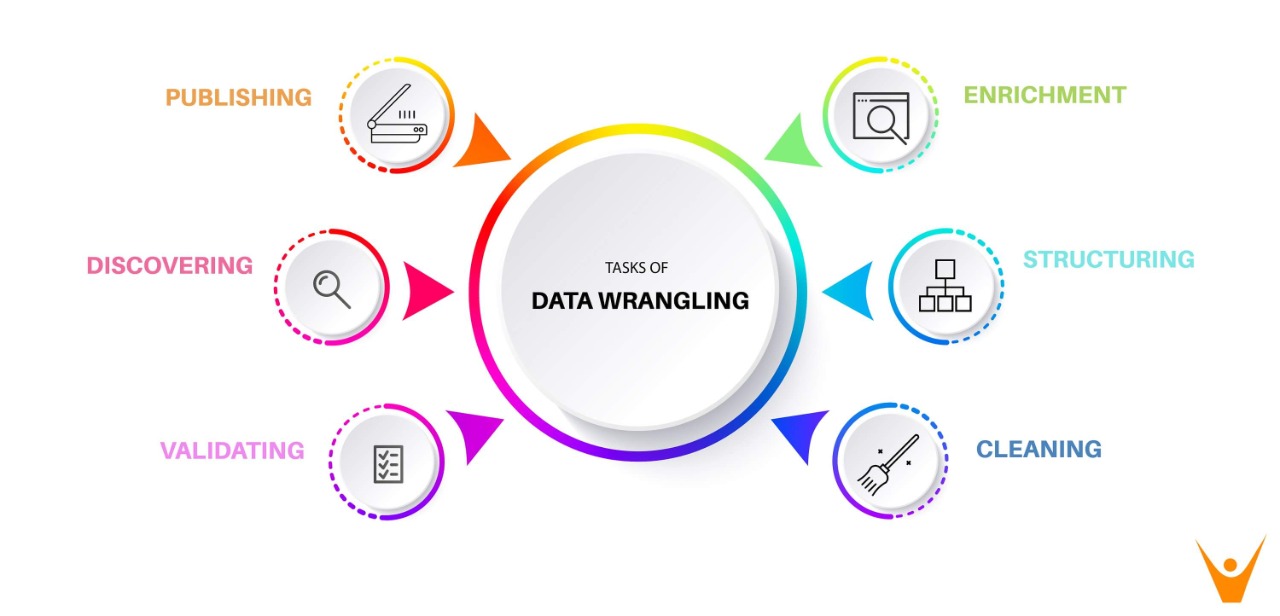Data Wrangling and Analysis

IMAGE SOURCE: https://favtutor.com
Which industries use data wrangling methods?
Any business that collects data online should carry out data wrangling after extracting the necessary raw data. Companies within the e-commerce or travel industries, for example, regularly collect price comparison data. This gives them the insight and business intelligence they need to make informed decisions about how to price their products and services. But large amounts of raw data that follows no consistent structure and may contain objects that do not belong are not very usable for analysis and strategic purposes. Data wrangling helps businesses turn data into actionable insight that can be acted on quickly. This is especially useful if organizations want to implement surge pricing or flexible pricing strategies, in order to react in real-time to changing market conditions and their competitors’ actions.
Why is data wrangling so important?
With data being used to inform almost every business decision, data needs to be prepared in a way that makes it usable and analyzable. Data on the web is increasingly diverse and unstructured, and without proper data preparation, data-related projects can fail. Analysis and decision making may take too long to be meaningful, the data could be biased without you realizing, you could read the data the wrong way and make poor decisions as a result. You need to spend time cleaning and organizing raw data before it can be consumed and scrutinized. At the same time, with data informing just about every business decision, business users have less time to wait on technical resources for prepared data. Visualization and statistical applications usually need data sets that are structured and organized first, in order to provide the analysis you require. Converting your raw data into indexed, searchable sets of data enables you to gather intelligence, learn from it and make informed strategic decisions.
